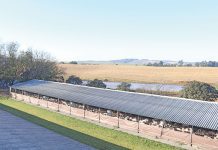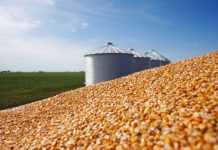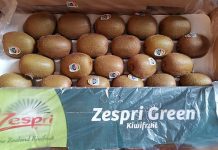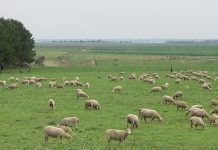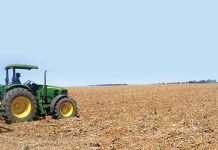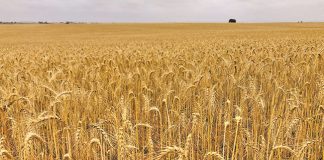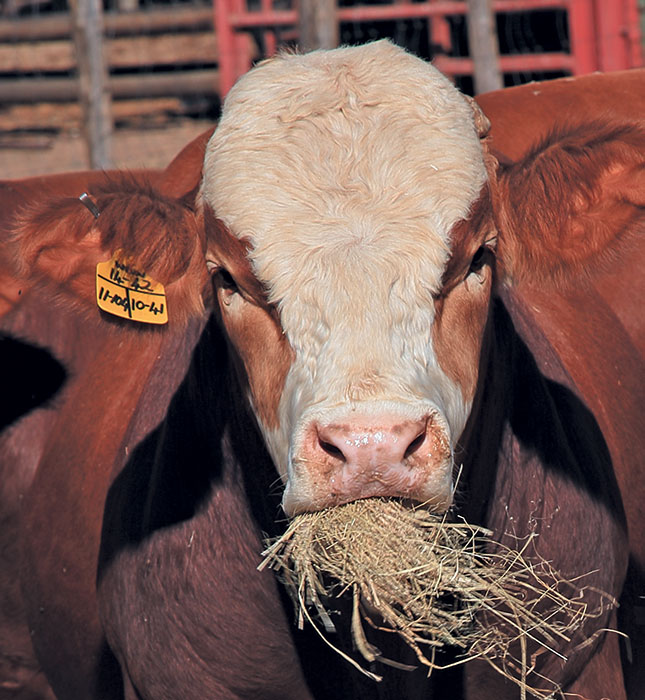
How can you tell when a fruit or vegetable crop is ripe? With enough experience, you can go by appearance, texture and even odour.
But to be really sure, you should measure the sugar concentration in degrees Brix (°Bx).
All you need is a small sample of sap and a hand-held refractometer. You then compare the results to a chart of standard readings.
The optimal value will, of course, differ from crop to crop. Cabbage is ready for picking at 10°Bx to 12°Bx, lemons at 8°Bx to 12°Bx, onions at 8°Bx to 10°Bx, and so forth.
Strictly speaking, degrees Brix (°B) is a measure of the sugar content of a watery solution, where 1°Bx = 1g of sucrose in 100g of solution.
Named after the 19th century Austrian scientist, Adolf Brix, the measurement is widely used in the food and winemaking industries.
Degrees Brix can be measured in several ways. One of the simplest and most common methods is to use a refractometer. When light enters a liquid, it changes direction, a phenomenon called refraction.
A refractometer measures the angle of refraction (the degree to which light changes direction).
This is compared with a database of established refractive index values to determine the concentration of a specific solution.
A Brix refractometer is calibrated to give the percentage value of the dissolved sucrose-in-water ratio in a solution at 20°C. For example, a measurement of 25% means that there is 25g of soluble content and 75g of water in 100g of solution.
While it is helpful to take this measurement with the temperature as close as possible to 20°C, most digital hand refractometers are temperature-compensated.
To obtain a reading, you simply place a small sample (about 0,2mℓ) of juice from a fruit or vegetable on the measuring surface, and the device calculates it immediately.
Brix for the stock farmer
Knowing the sugar content of forage is important for a stockman. Ruminants are relativity poor at converting grass protein to milk protein; they achieve a conversion efficiency of only 20% to 25%. On top of this, the animal cannot use some protein efficiently.
On top of this, the animal cannot use some protein efficiently.
A cow’s milk production can be increased by improving this conversion efficiency, and research shows a direct correlation between conversion efficiency and sugar content. High sugar content forage has a positive effect on a cow’s milk production efficiency.
Grass is broken down in the rumen of a cow, generating amino acids that are later used for milk production. When the diet lacks readily available energy such as sugar, the rumen microbes either cannot grow or use amino acids to provide energy, limiting milk production.
When the diet lacks readily available energy such as sugar, the rumen microbes either cannot grow or use amino acids to provide energy, limiting milk production.
Using the naturally occurring sugar in forage is an economically efficient way to increase rumen efficiency. A high-sugar content grass increases animal performance, increases feed nitrogen
A high-sugar content grass increases animal performance, increases feed nitrogen utilisation, and reduces nitrogen excretion. Research has proven that feeding high-sugar content forage can improve an animal’s live-weight gain.
Compounds
Forage is composed of many soluble and non-soluble compounds. Water-soluble compounds (WSC) include sucrose, fructose, minerals, proteins, lipids, pectins and acids.
You can use a refractometer to take a Brix measurement of these soluble compounds in multiple grass samples taken throughout a camp. This will provide an estimate of the average WSC content in the forage. This will enable you to monitor its changing sugar content and correct where necessary.
Take samples of a camp by picking a variety of grasses representing what a ruminant would eat. Squeeze each sample onto the refractometer surface, using a garlic press.
Please note: The foregoing is merely intended as an overview of the Brix measurement. For more information, contact your extension officer.
Sources: kruess.com; coleparmer.com; mt.com.

